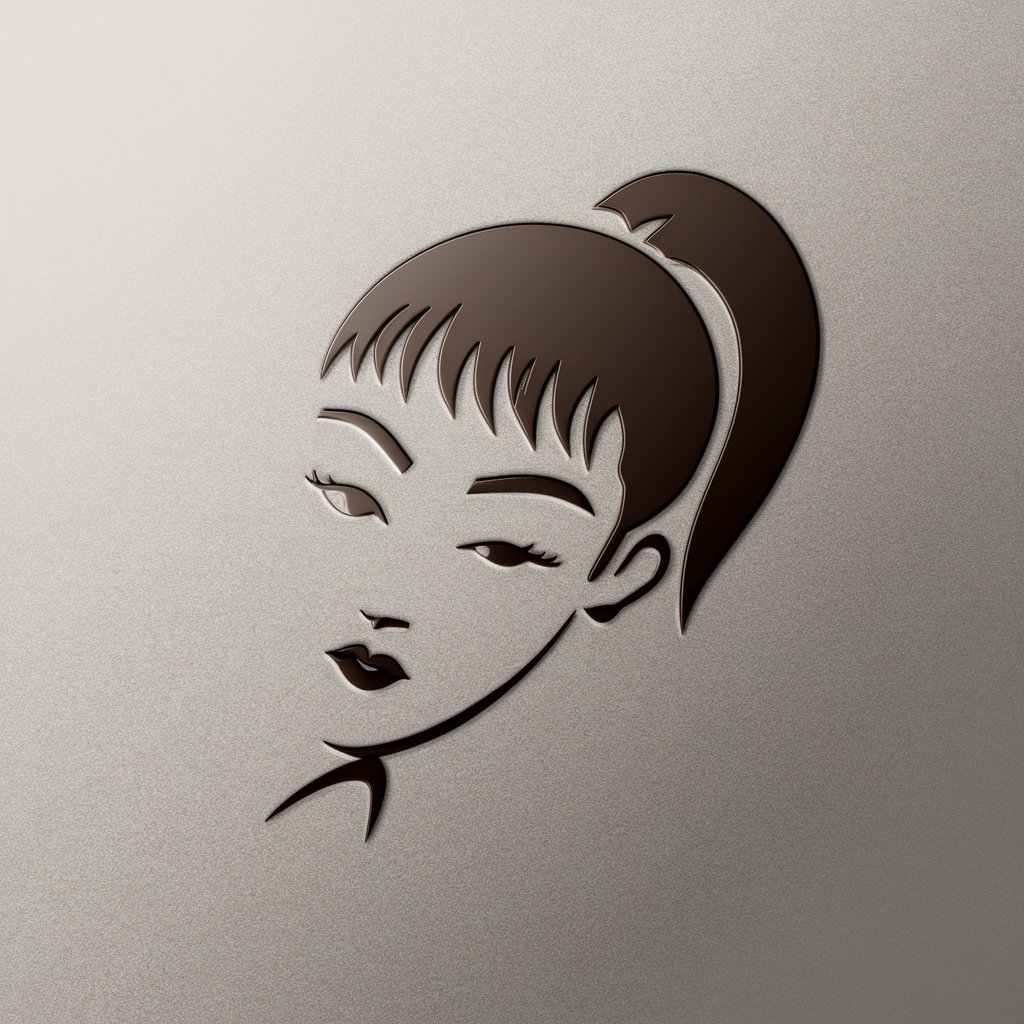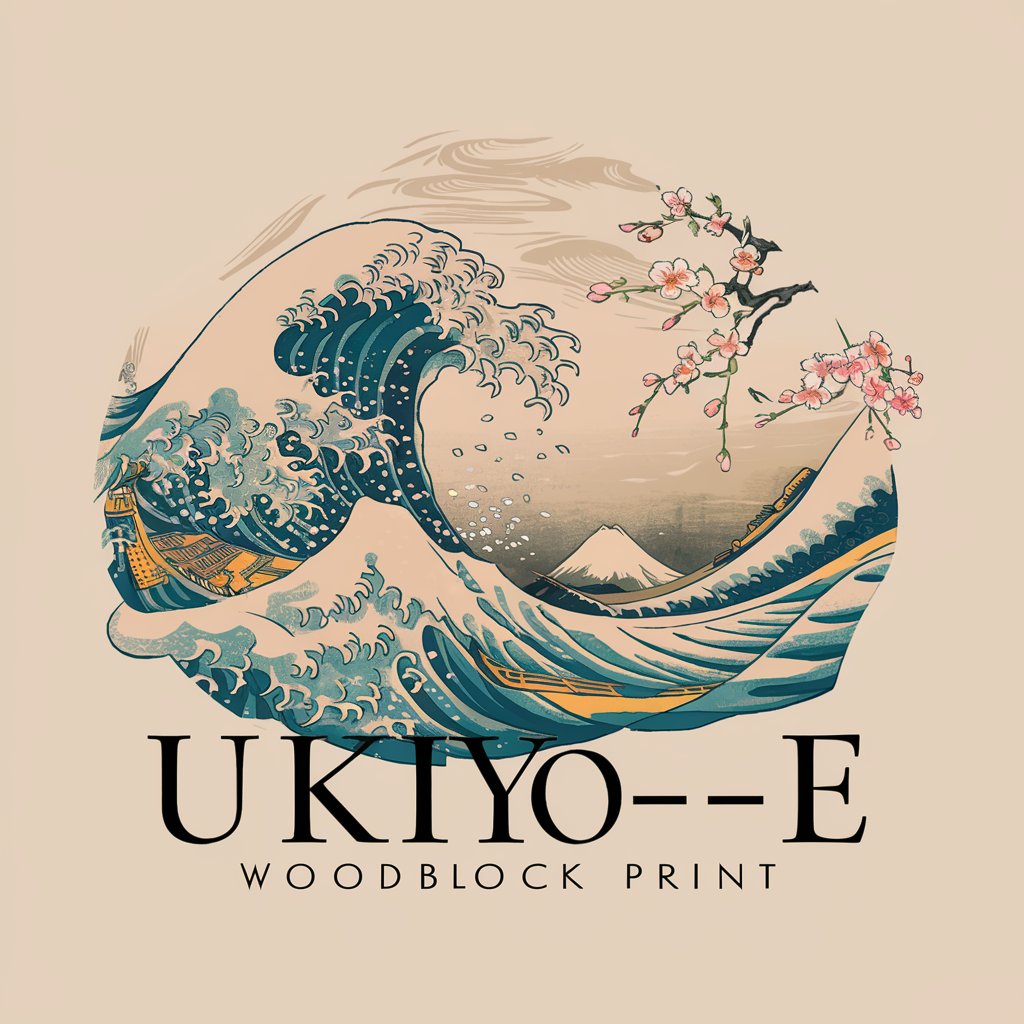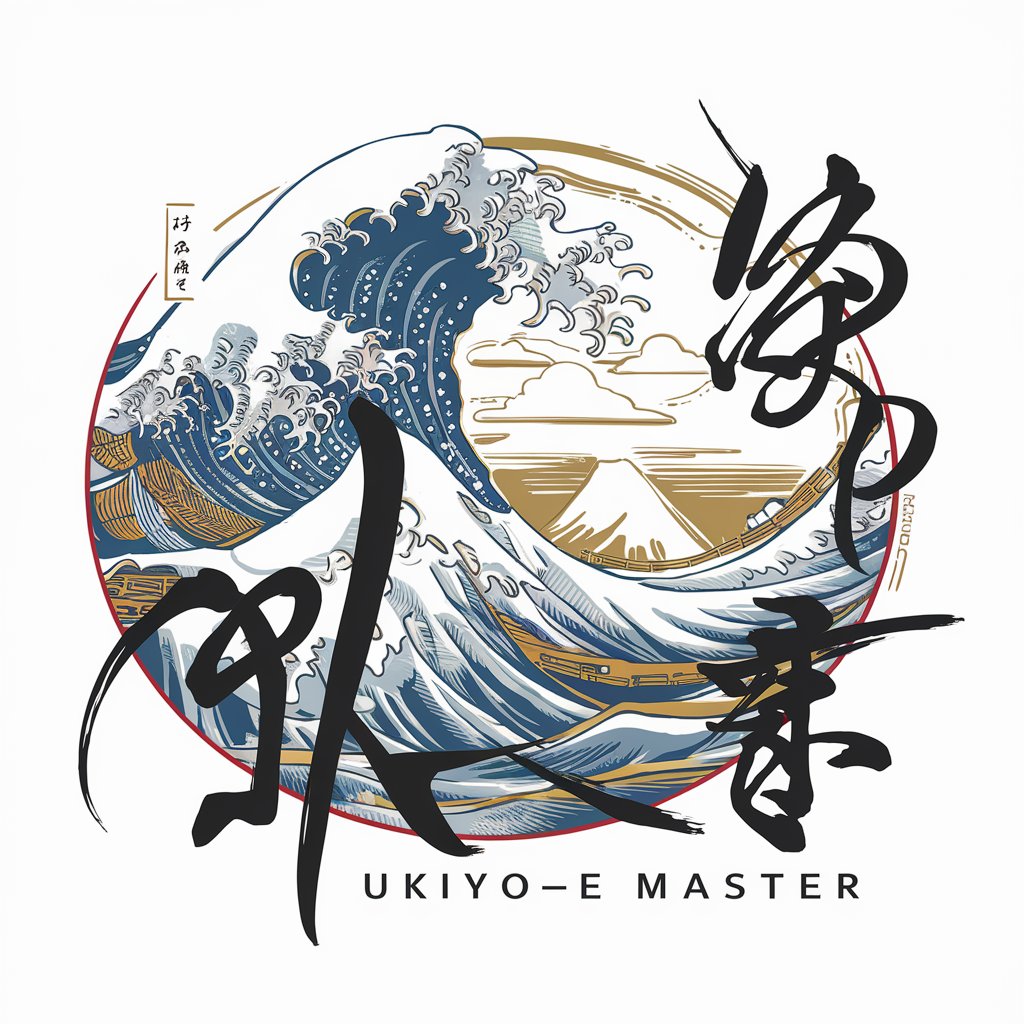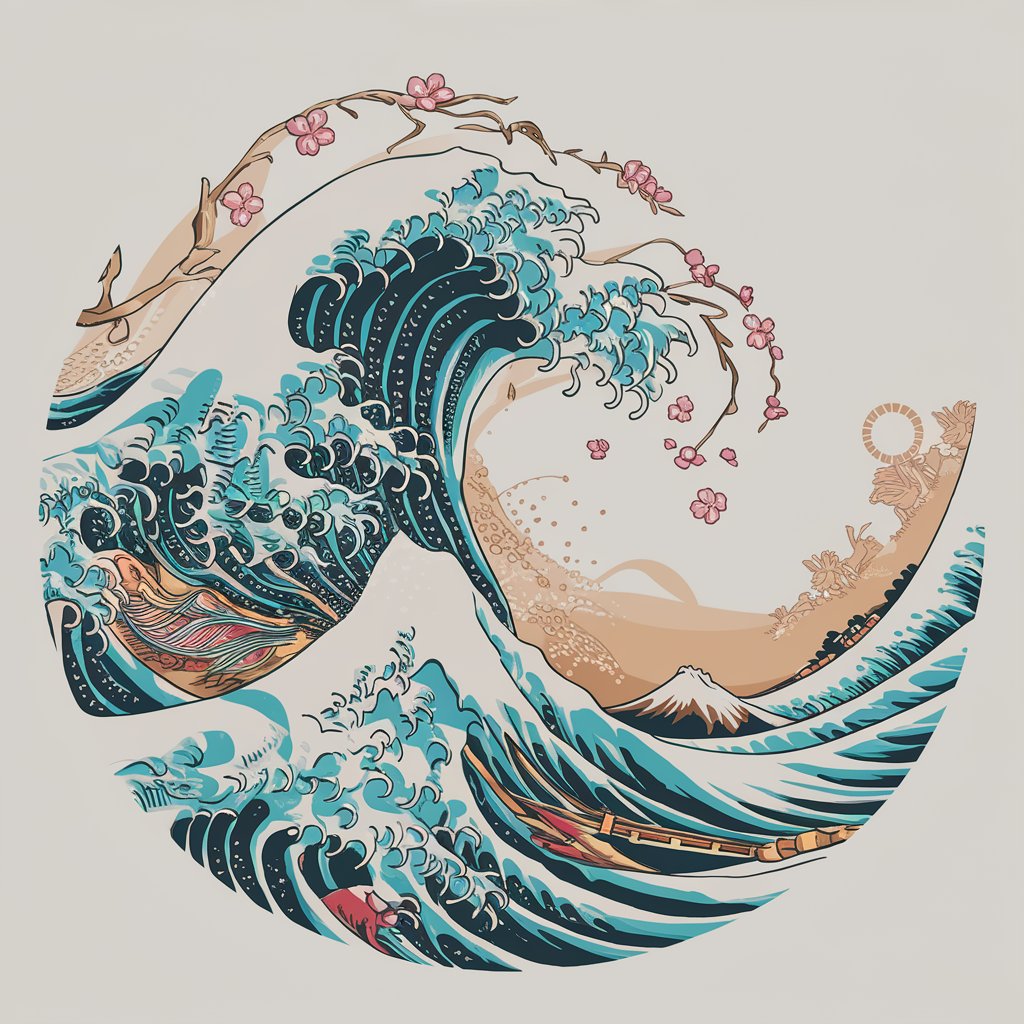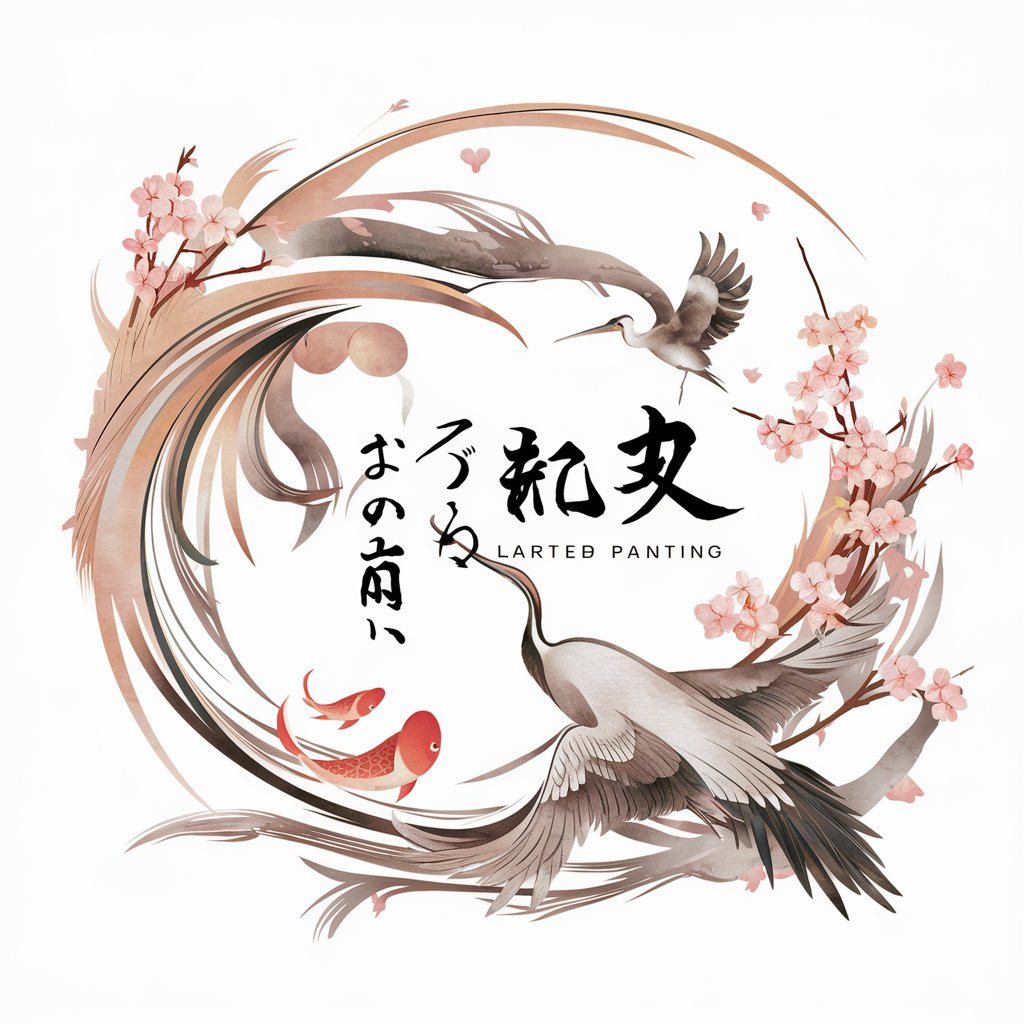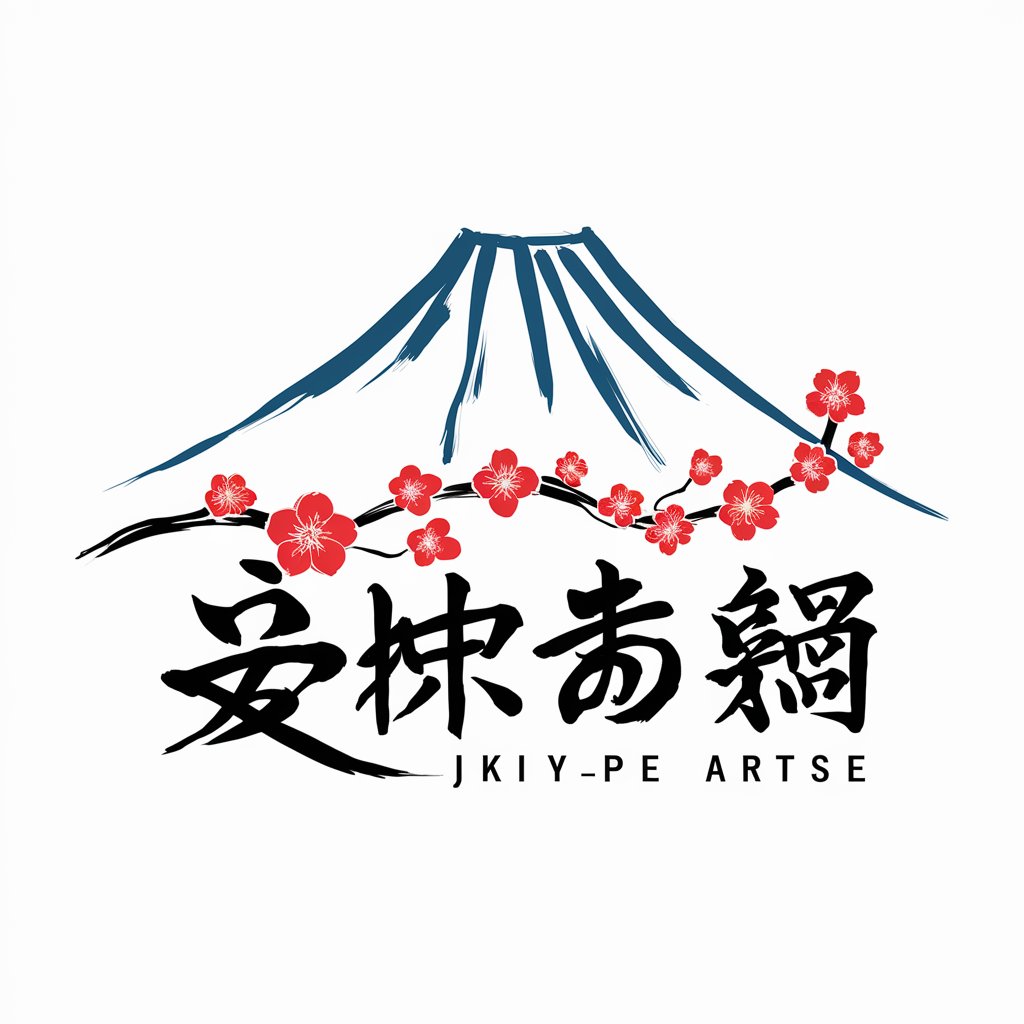
浮世絵ジェネレーター - AI-Powered Ukiyo-e Creation
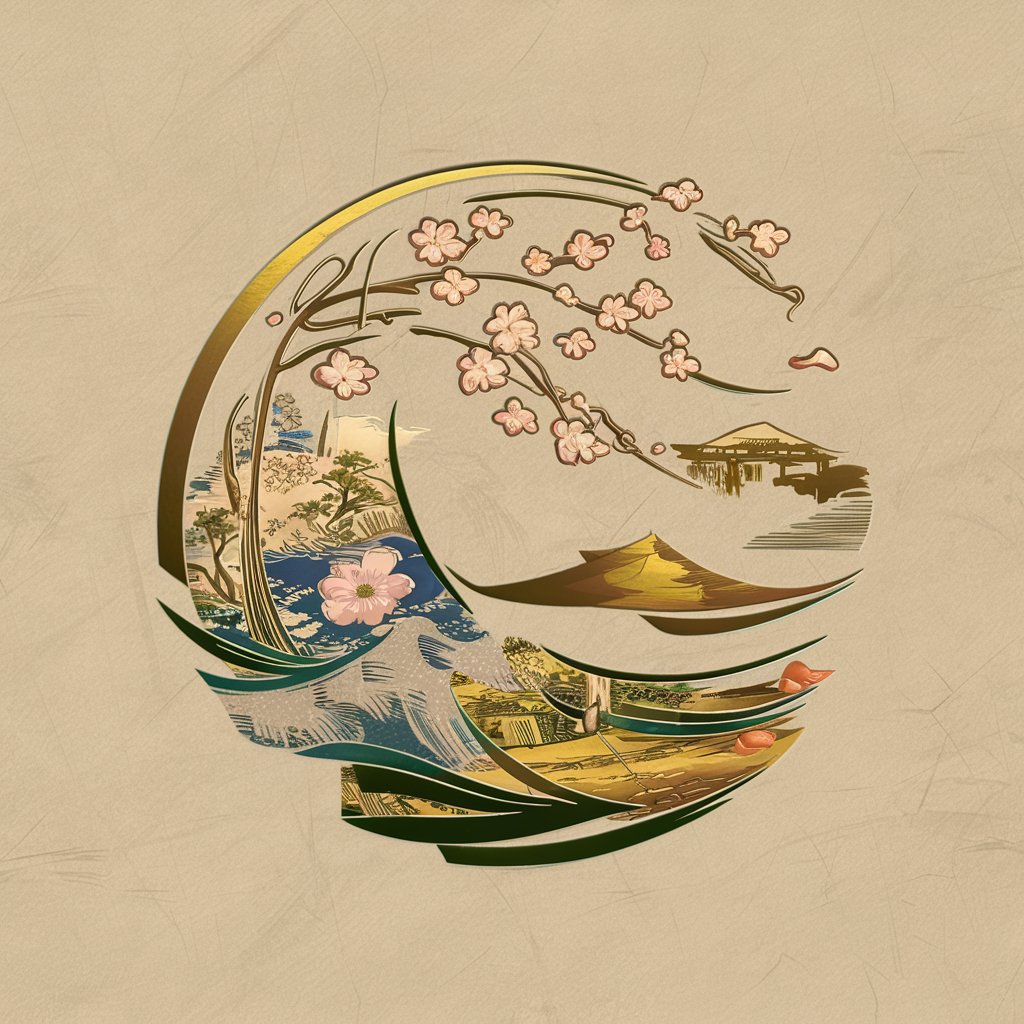
こんにちは、浮世絵の世界へようこそ。
Revive traditional art with AI
描きたいテーマは何ですか?
お気に入りの浮世絵画家を選んでください。
希望するアスペクト比を教えてください。
どのような浮世絵を作りたいですか?
Get Embed Code
Introduction to 浮世絵ジェネレーター
浮世絵ジェネレーター is a specialized AI model designed to create digital images in the style of famous ukiyo-e artists from the Edo period. This AI art generator takes modern themes or ideas and reimagines them through the lens of traditional Japanese woodblock print styles. By leveraging detailed user inputs, it produces unique, artistic representations reminiscent of the works of Toshusai Sharaku, Hiroshige Utagawa, Hokusai Katsushika, and Jakuchu. Examples of use include generating art for personal enjoyment, educational purposes, or integrating traditional aesthetics into modern design projects. Powered by ChatGPT-4o。

Main Functions of 浮世絵ジェネレーター
Theme-based image generation
Example
Creating a ukiyo-e version of a modern cityscape.
Scenario
A user wants to see their hometown interpreted in the style of Hiroshige Utagawa. The generator would take descriptors of the city and output an image that blends its modern features with Edo-period artistic techniques.
Artist-specific style emulation
Example
Generating an image in the distinct style of Hokusai Katsushika.
Scenario
An art student is studying the influence of Hokusai's work on contemporary art. They use the generator to create images that apply Hokusai's techniques and aesthetics to modern subjects for comparative analysis.
Custom aspect ratio selection
Example
Producing artwork suitable for different display formats.
Scenario
A graphic designer is creating content for a campaign that requires visuals in various aspect ratios. They use the generator to create consistent ukiyo-e themed imagery that fits perfectly in both digital and print media formats.
Ideal Users of 浮世絵ジェネレーター Services
Art and Design Enthusiasts
Individuals with an interest in traditional Japanese art and modern design who seek to blend these elements in their projects. They benefit from the ability to create unique, culturally rich imagery.
Educators and Students
Those in the field of art history or cultural studies can use the generator as a teaching tool or for academic exploration, bringing historical art styles into a contemporary context.
Digital Content Creators
Bloggers, social media influencers, and digital marketers looking for distinctive, attention-grabbing visuals can utilize the generator to produce content that stands out and engages audiences.

How to Use 浮世絵ジェネレーター
1
Visit yeschat.ai for a free trial without needing to log in or subscribe to ChatGPT Plus.
2
Select your desired theme or concept you want to visualize in the ukiyo-e style.
3
Choose an ukiyo-e painter from the options provided: Toshusai Sharaku, Hiroshige Utagawa, Hokusai Katsushika, or Jakuchu.
4
Specify the desired aspect ratio for your image: 16:9, 1:1, or 9:16.
5
Submit your request and wait for the 浮世絵ジェネレーター to generate your unique ukiyo-e artwork.
Try other advanced and practical GPTs
ドット絵GPT
Transform words into pixel art effortlessly.
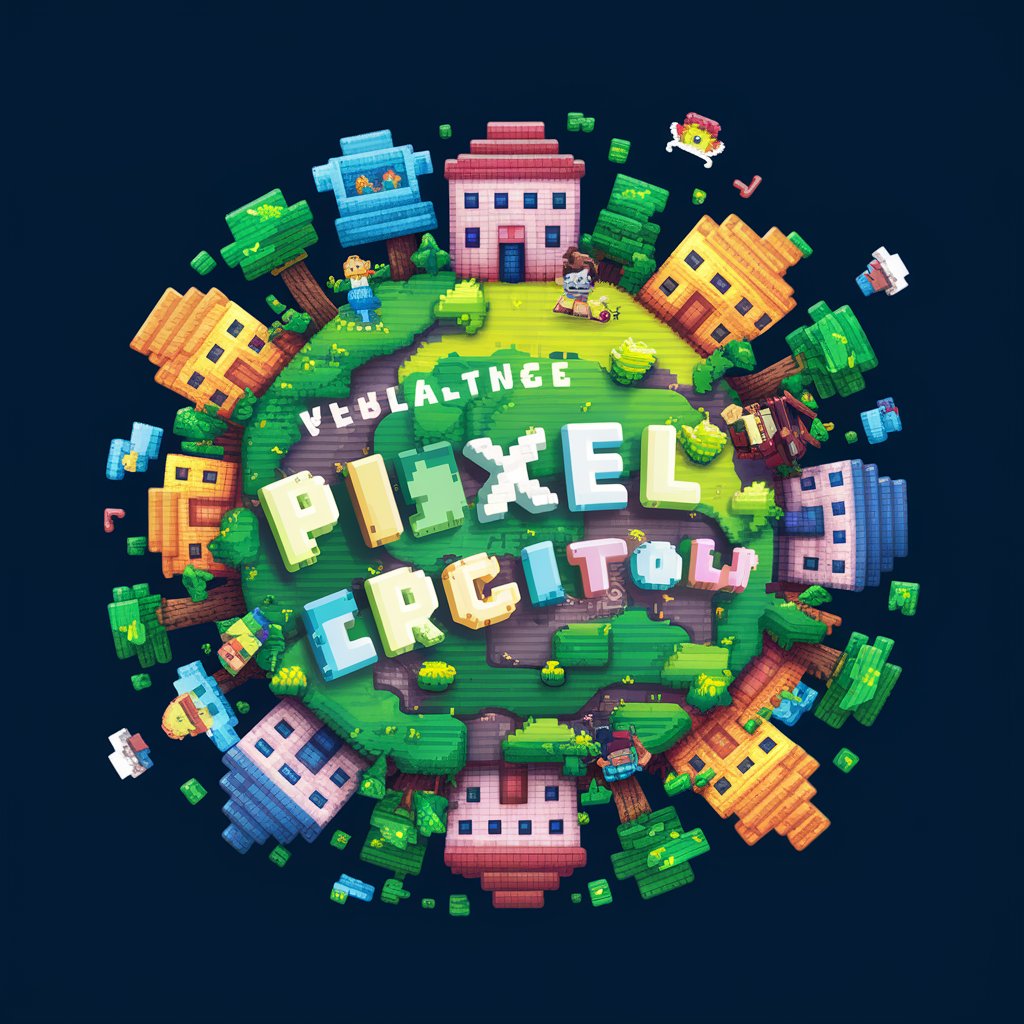
ポンチ絵クリエイター
Transform sketches into precise mechanical designs.
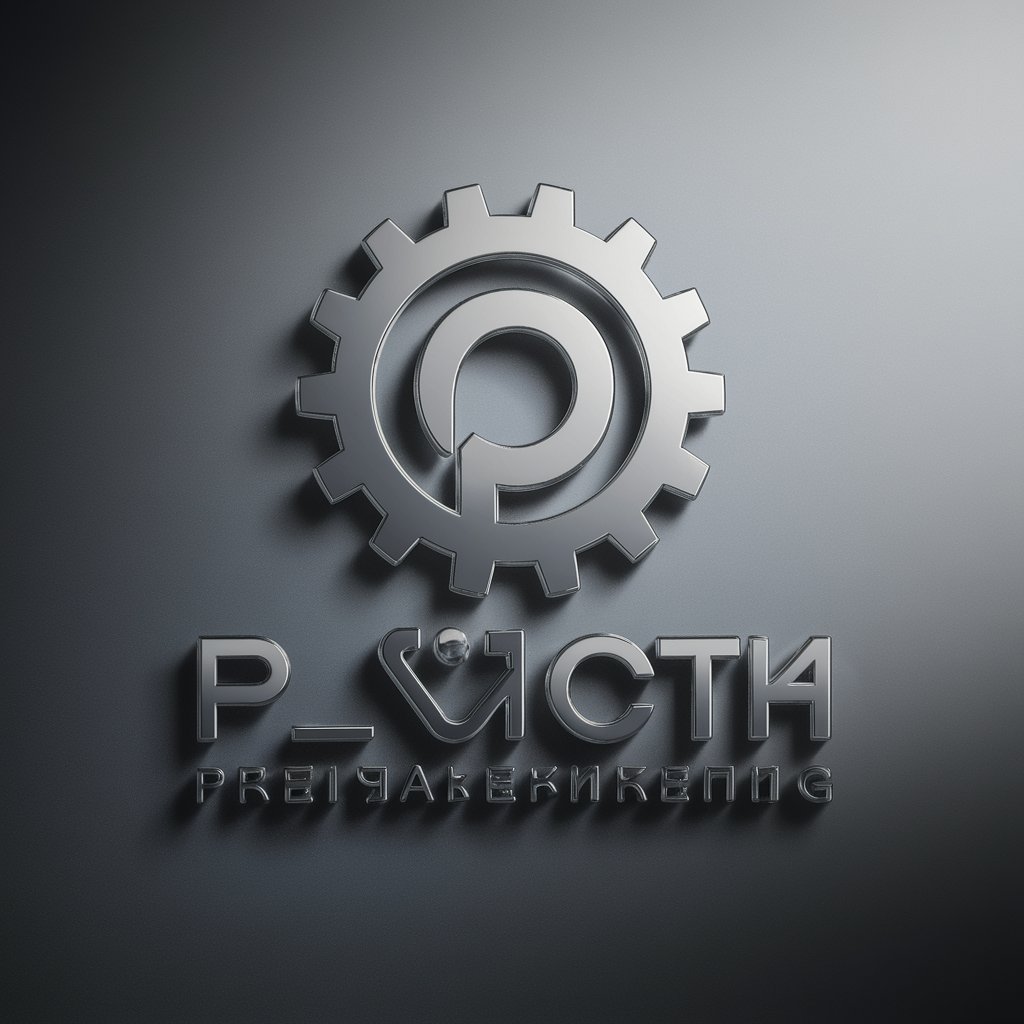
ファミコン風ドット絵クリエイター
Turn images into nostalgic 8-bit art.
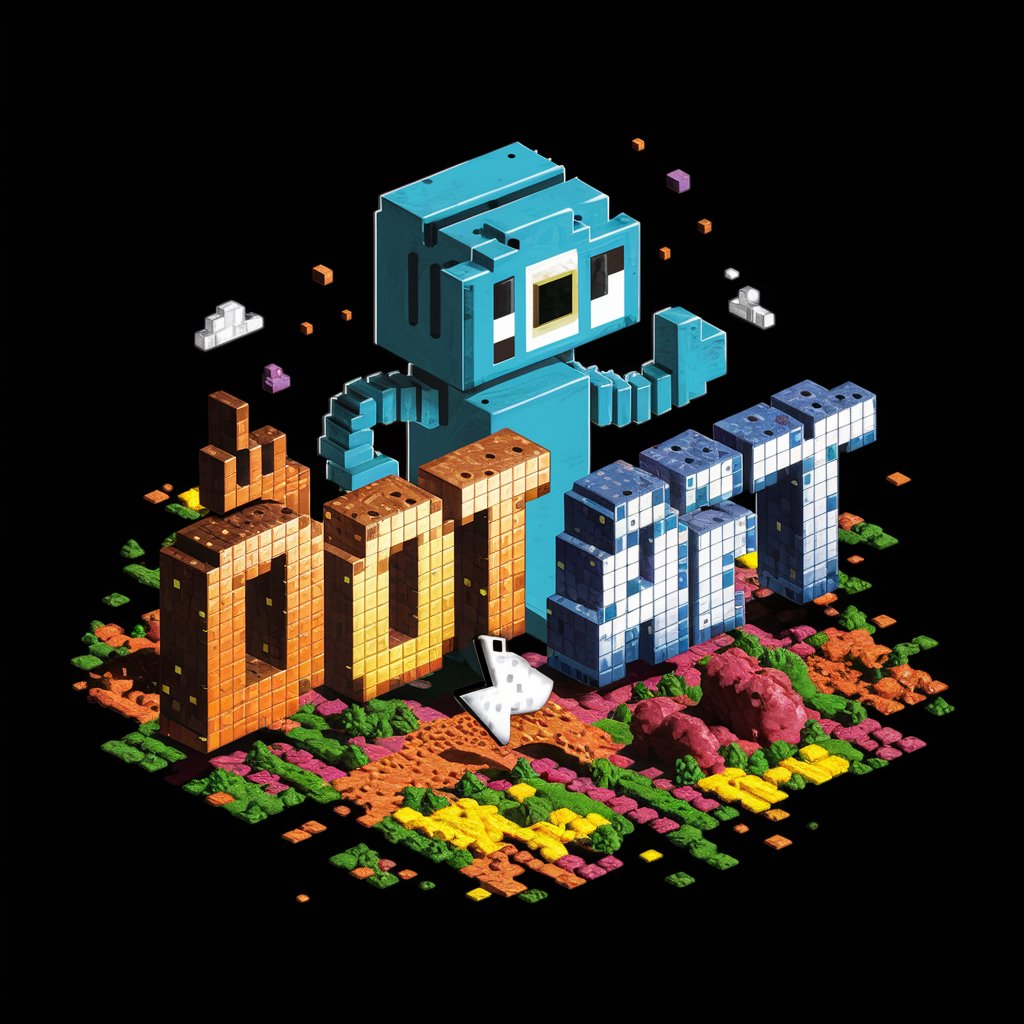
絵台本マスター
Craft Your Stories, Effortlessly
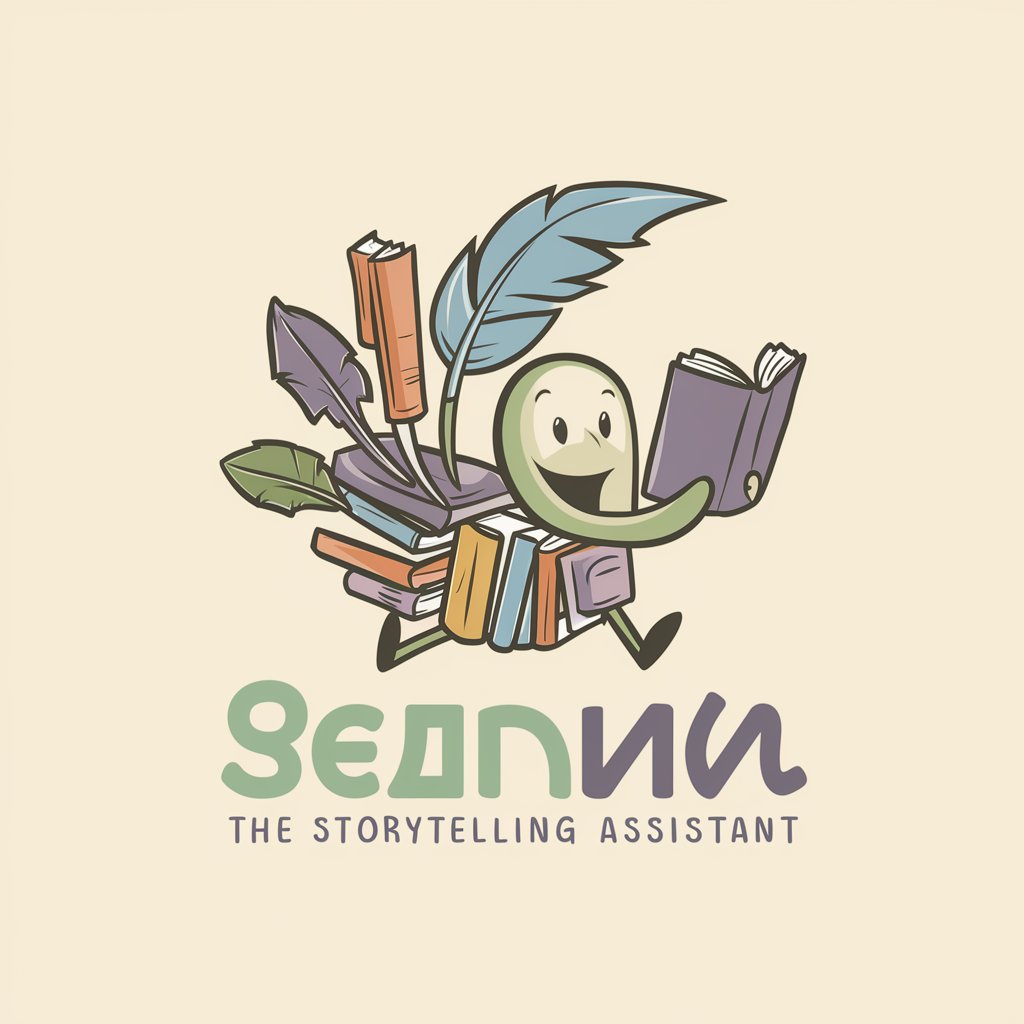
3人の絵師
Revolutionizing Art with AI
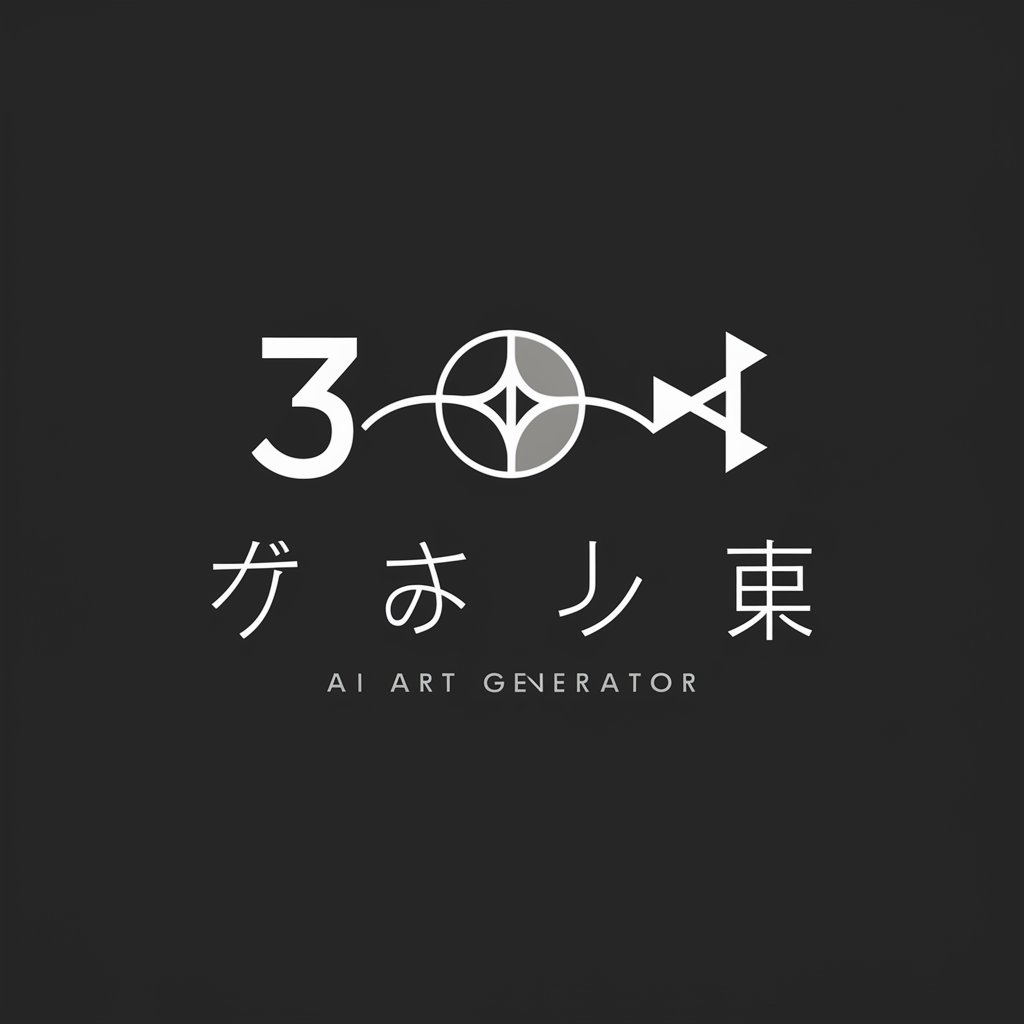
AQ* Advanced
Empowering Decisions with AI-Powered Insights

Topic Coherence
Enhancing text analysis with AI-driven insights
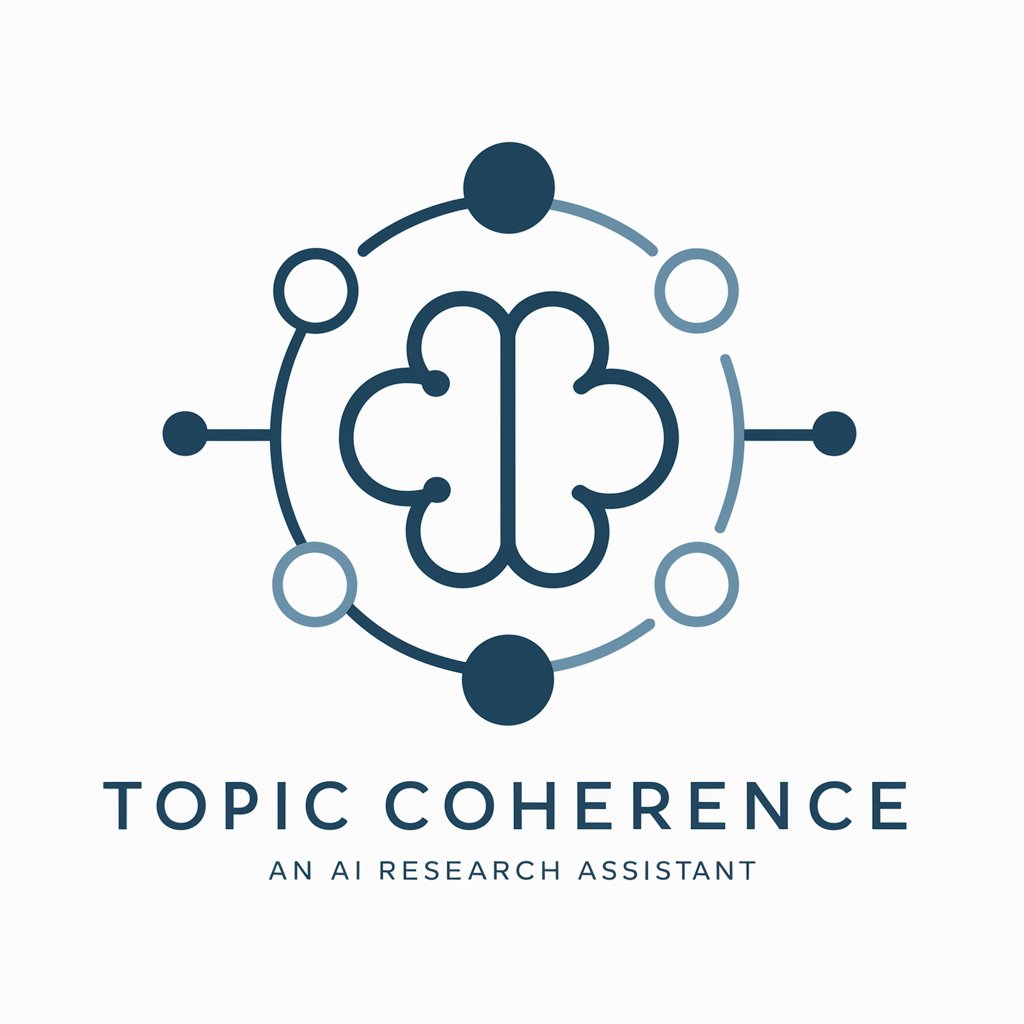
From topic to article
AI-powered, precise content creation
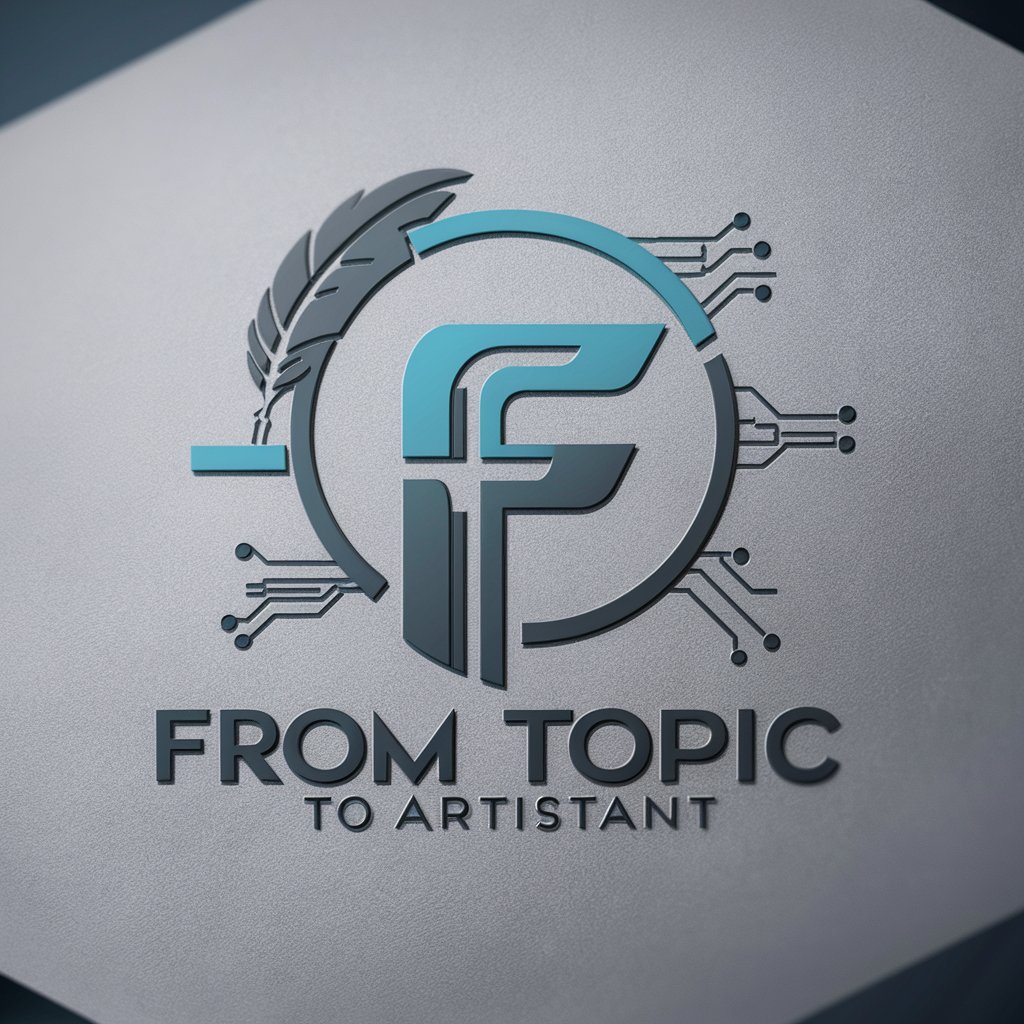
Topic Identifier
Illuminate Your Texts with AI-Powered Topic Insights
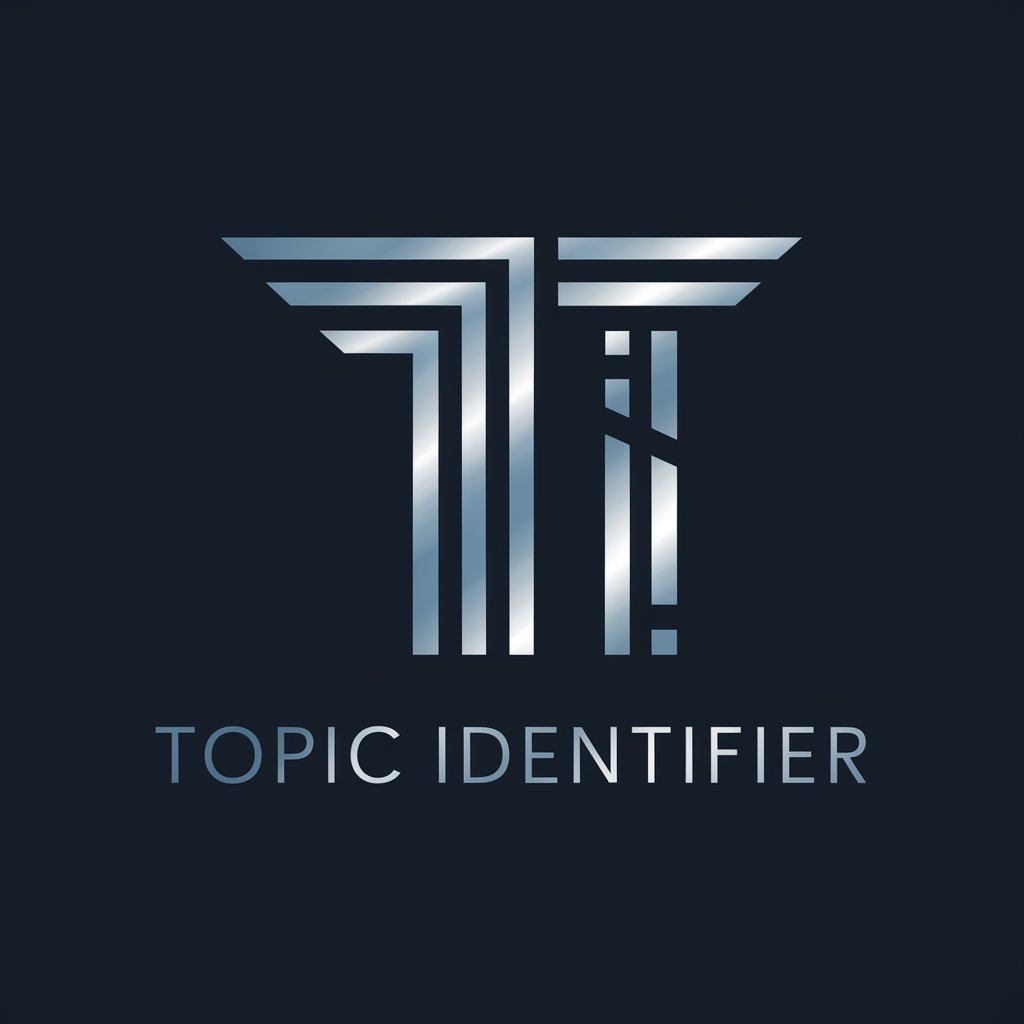
Topic Explorer
Unveiling Depth with AI

Topic Organizer
Streamline your ideas with AI

Topic Iceberg
Uncover hidden insights with AI-powered exploration

Detailed Q&A about 浮世絵ジェネレーター
What is 浮世絵ジェネレーター?
浮世絵ジェネレーター is an AI-powered tool that generates ukiyo-e style artworks based on the themes and specifications provided by the user.
Can I choose any theme for my ukiyo-e artwork?
Yes, you can choose any theme or concept you'd like to see visualized in the ukiyo-e style. The tool will interpret your theme using the chosen painter's style.
How do I choose the aspect ratio for my artwork?
You can specify the desired aspect ratio (16:9, 1:1, or 9:16) during the request process, depending on how you plan to use or display the artwork.
How does the painter selection affect my artwork?
Each painter has a unique style and technique. Choosing a specific painter will influence the aesthetic and composition of your generated ukiyo-e artwork.
What are some common use cases for 浮世絵ジェネレーター?
Common use cases include artistic inspiration, educational purposes, design projects, and cultural exploration.
